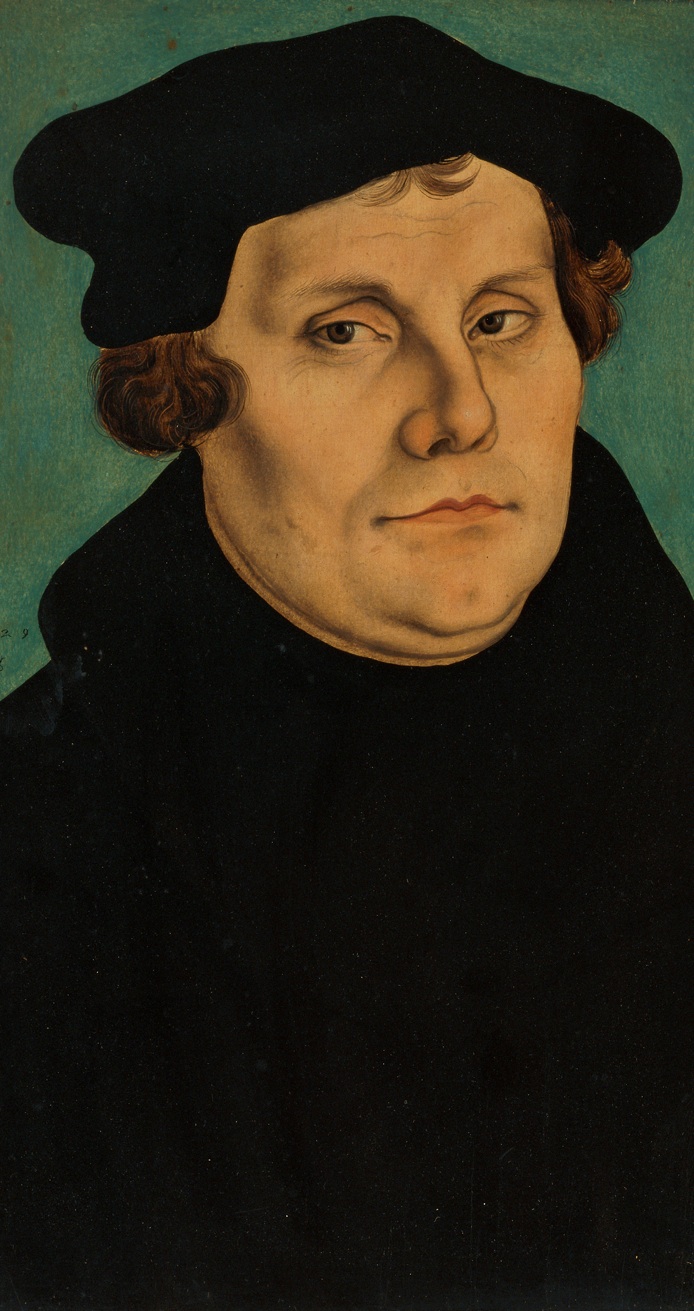Johann Walter [Walther]
JOHANN WALTHER PLAYS ARNOLT SCHLICK ON THE ORGAN
Born: 1496 - Kahla (Cola), Thuringia, Germany
Died: before April 24, 1570 - Torgau, Germany
Johann Walter [Walther] was a German composer, one of the earliest of the composers in the Lutheran Church. As Martin Luther's friend and his musical adviser, Walter helped Luther to construct a new liturgy and composed tunes for many Lutheran hymns. He also pioneered the "dramatic" musical setting of the Passion in German.
Life
Born in Kahla (Thuringia), Johann Walter spent his formative years in the chapel of Frederick the Wise, Elector of Saxony. From 1520 until Frederick's death five years later, Walter not only directed the electoral chapel but also began his career as musical spokesman of the Lutherans.
In 1524 Johann Walter was bass singer in the choir at Torgau, and in 1525 Kapellmeister, or 'Sängermeister,' to the Elector of Saxony, and Kantor (musical director) of the town choir of Torgau in 1525. He held the post until 1548, when he sent to Dresden to organise and lead a choir of singers for Moritz of Saxony, and was was named court composer at Dresden to Moritz, Duke of Saxony. Walter remained at the Saxon court only a short time. By 1554 he accepted a pension from the duke and returned to Torgau, where he lived the rest of his life.
Works
In 1524 Johann Walter was called to Wittenberg by Martin Luther to assist him in framing the German Mass. The result of this was his Geystlich Gesangk Buchleyn for four voices (1524), the earliest Protestant hymn - book. Luther wrote a preface to this collection of 43 polyphonic works by Walter. Planned for young people in Lutheran schools, the collection went through many editions, the last one of which (1551) contained 47 Latin and 74 German pieces. In 1525 Luther consulted Walter about a projected sacred service in German, a service that was published as the Deutsche Messe (1526).
Probably during his Dresden residence Walter composed his "dramatic" or "responsorial" Passion in German. In earlier musical versions of the Passion story the entire narrative was a succession of polyphonic motets, but Walter used a monophonic reciting tone for the Evangelist and dramatis personae, reserving for the people and disciples simple falsobordone (chordal) polyphony.
Walter wrote his motets and lieder, often of high quality, in two distinct styles. For the first style he employed a polyphonic manner derived from the Franco-Flemish school. In the tenor voice of these compositions was a cantus firmus sounding as an unbroken succession of sustained notes or as a melody fragmented into short sections separated by rests. Above and below the cantus firmus were counterpoints that sometimes imitated the tenor but more often moved independently of it. In either case the melodic flow of four or more voices avoided simultaneous rests.
For the second style Walter rejected imitative or independent voice-leading for chordal writing in which each fragment of the cantus firmus rested simultaneously with the other parts. In a few such cases he placed the borrowed tune in the top voice, thereby inaugurating the favorite manner of chorale setting of the succeeding 2 centuries.







